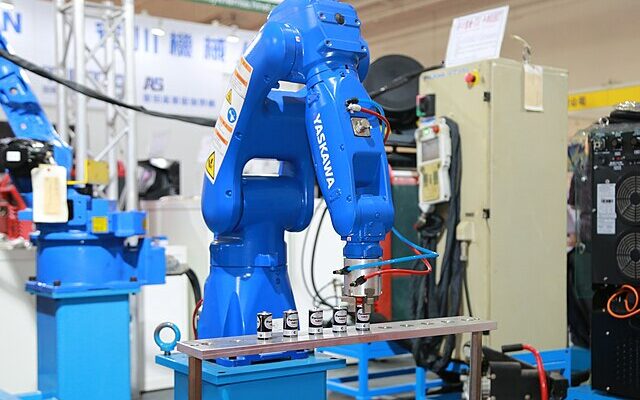
Western executives are returning from China with a growing sense of alarm, describing a manufacturing transformation driven by robotics and automation that is rapidly outpacing the West.
Ford CEO Jim Farley said his recent visit to Chinese auto plants was “the most humbling thing I’ve ever seen,” citing autonomous driving systems, biometric identification, and astonishing production efficiency. “Their cost and the quality of their vehicles is far superior to what I see in the West,” he told The Telegraph. “We are in a global competition with China, and it’s not just EVs. And if we lose this, we do not have a future at Ford.”
Andrew Forrest, the Australian mining magnate behind Fortescue, abandoned his firm’s plans to build electric vehicle components after touring China’s fully automated facilities. “You’re walking alongside a conveyor, and after about 800, 900 meters, a truck drives out. There are no people — everything is robotic,” he said.
Greg Jackson, CEO of the UK’s Octopus Energy, recalled touring “a dark factory producing some astronomical number of mobile phones,” where “there were no workers on the manufacturing side.” He said China’s advantage no longer rests on cheap labor or subsidies but “a tremendous number of highly skilled, educated engineers who are innovating like mad.”
This evolution has vaulted China from low-cost exporter to leader in high-value industries — electric cars, batteries, drones, renewable energy, and precision robotics. Beijing’s jiqi huanren (“replacing humans with machines”) initiative offers rebates covering up to 20% of robot investments, part of its broader Made in China strategy.
The results are staggering. According to the International Federation of Robotics, China’s industrial robot stock exploded from 189,000 in 2014 to over two million in 2024, with 295,000 new units installed last year alone — compared with 34,000 in the U.S., 27,000 in Germany, and just 2,500 in the U.K. Even adjusted for workforce size, China leads with 567 robots per 10,000 workers, eclipsing Germany (449), the U.S. (307), and the U.K. (104).
Analysts say the automation drive also addresses China’s shrinking workforce. “China has quite a notable demographic problem but its manufacturing is, generally, quite labour-intensive,” Rian Whitton of Bismarck Analysis explained to The Telegraph. “Automation is meant to compensate for population decline and to get a competitive advantage.”
China’s dominance is rippling through global markets. Automaker BYD has overtaken legacy Western brands, selling 35,604 cars in the U.K. this year — up from 5,260.
Economists are urging Western nations to accelerate automation to match China’s advances, citing the strategic importance of robotics for economic productivity and its potential spillovers into the military-industrial sector, which raises national security concerns amid Beijing’s lead.
[Read More: Trump Expands Drug War]











